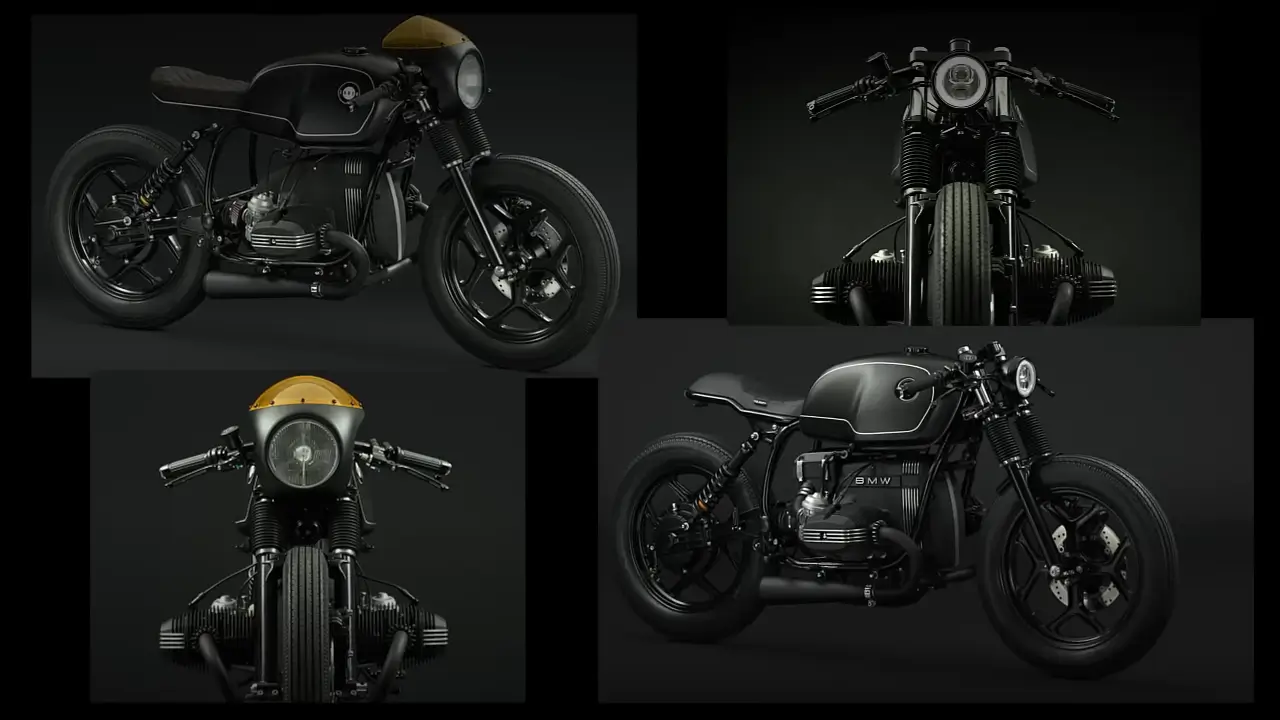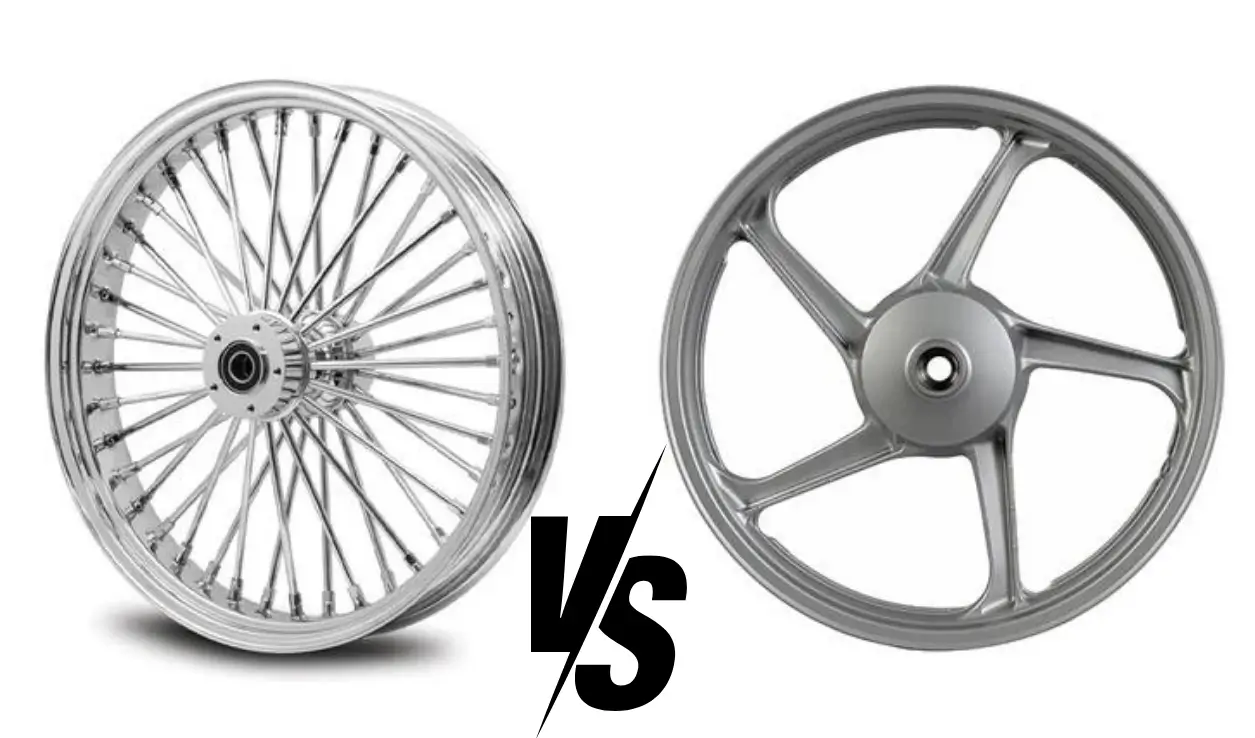Table of Contents
ToggleCafé racers are custom motorcycles built for speed, style, and a personal touch. Many riders upgrade their engines to improve performance. But not all mods are allowed on public roads. Some changes can lead to fines, failed inspections, or even bike impoundment. That’s why it’s important to know what engine modifications are street legal. This guide explains how to upgrade your engine safely and legally. It covers approved parts, mod types, and testing tips. Whether you’re tuning for torque or smoother throttle response, this article helps you stay compliant while building the café racer you love to ride.
What Makes an Engine Mod Street Legal?
A street-legal engine mod follows the laws set by local transport authorities. These rules help control noise, pollution, and road safety. Every country and region has its own standards. For example, in the United States, the Environmental Protection Agency (EPA) regulates emissions. In the UK, rules follow the MOT inspection system. Legal mods must meet these limits without extra testing or changes during inspection.
Street-legal mods keep your motorcycle usable for public roads. This includes using parts with approval labels like EPA, DOT, or ECE. These certifications show that the part meets safety or environmental standards. If a mod increases emissions or sound beyond allowed limits, it becomes illegal. Riding with such a setup can cause fines or insurance problems.
Most legal systems also check if the mod affects the bike’s basic function. Anything that alters how the engine starts, runs, or shuts off can fail inspection. Legal mods support reliability and do not remove essential components like catalytic converters or oxygen sensors. Builders should always check local laws before installing engine parts. It avoids unwanted trouble and keeps the motorcycle on the road.
Top Street Legal Engine Mods for Café Racers
Engine mods can improve your café racer’s performance without breaking the law. The key is using upgrades that meet safety and emissions standards. Below are the most common engine mods that are legal for street use and support long-term reliability.
High-Flow Air Filters
These filters allow better airflow into the engine. More air improves combustion and gives smoother throttle response. Street-legal versions come with EPA or ECE approval marks. They reduce engine strain without affecting emissions. Avoid filters that fully expose the intake, as they may not pass inspection.
Legal Exhaust Systems
Exhaust systems are the most common upgrade. To stay legal, the exhaust must have a built-in catalytic converter or removable DB killer. Approved systems lower sound output and keep emissions under control. Brands often mark these with a certification stamp. Always check noise limits for your region before choosing an exhaust mod.
ECU Remapping within Limits
ECU remapping changes how the engine handles fuel and air. It can improve power delivery and fuel economy. Legal ECU maps work within the engine’s emission control limits. These maps are often available from certified dealers. Avoid tuning that removes limiters or disables emission-related sensors.
Performance Spark Plugs
Upgrading to high-quality spark plugs helps fuel burn more efficiently. Legal options maintain engine timing and do not interfere with emission controls. They improve cold starts, acceleration, and overall engine stability. These plugs are safe for both new and classic café racer engines.
Carburetor Rejetting for Compliance
For older, carbureted bikes, rejetting adjusts fuel delivery. A legal rejet keeps fuel usage balanced and emissions low. The aim is better throttle response without rich fuel mix. Kits designed for street use follow local fuel standards. Always test and tune after installation to stay within legal limits.
Each of these mods improves your ride while keeping it compliant. Use only certified parts and install them properly. This ensures your build performs well and passes inspections.
Engine Mods to Avoid if You Want to Stay Legal
Some engine modifications may increase power but break legal rules. These changes often affect emissions, noise, or safety. They can also cause your café racer to fail inspection. Below are common mods that should be avoided if you want to keep your bike street legal.
Straight-Pipe Exhausts
Straight-pipe exhausts remove all sound restrictions. They make the bike much louder than legal limits allow. These pipes also remove catalytic converters, which control harmful gases. Most countries ban straight-pipe systems on public roads. Using one may result in fines, failed tests, or loss of registration.
Emissions System Deletes
Some builders remove oxygen sensors or air injection systems to gain more power. This is illegal in many places. These parts help reduce harmful emissions. Deleting them increases pollution and usually triggers error codes. Legal inspection centers check for these systems, and their absence can lead to rejection.
Over-Bored Engines Without Certification
Boring out an engine increases its size and power. But if done without proper certification or emissions testing, it becomes illegal for street use. The change may affect engine classification, insurance status, and emission output. Only certified tuners should perform such upgrades, and they must provide proof of compliance.
Illegal Fuel Mapping or Piggyback Controllers
Some tuners install aftermarket modules to override the factory fuel map. These devices can improve acceleration but often disable emission controls. Any mod that removes limiters or ignores sensor data is illegal. Most testing stations detect these changes through inspection or scanning tools.
Avoiding these mods keeps your café racer safe and legal. Always check your local laws before making engine changes. This protects you from penalties and keeps your bike ready for the road.
How to Ensure Your Mods Are Compliant
Before adding any engine mod to your café racer, it’s important to confirm that it meets legal requirements. Each country or region has its own rules, and ignoring them can lead to serious problems. Below are the steps to help you stay compliant and avoid unnecessary risks.
Check Local Vehicle Laws
Start by reviewing motorcycle modification laws in your area. In the U.S., the Environmental Protection Agency (EPA) and state departments like the California Air Resources Board (CARB) have clear rules. In the UK, compliance depends on MOT testing and DVLA guidelines. Europe follows ECE regulations. These rules tell you what changes are allowed and what is restricted.
Use Certified and Approved Parts
Only use parts that come with official certification. Look for labels like EPA-approved, CARB-compliant, DOT-certified, or ECE-marked. These symbols mean the part has passed tests for safety, noise, or emissions. Sellers often show these details on product pages or packaging. Avoid parts that do not mention any legal approval.
Work with Licensed Tuners or Shops
If you need professional help, choose a shop that understands street-legal builds. Certified mechanics or tuning specialists know how to install mods without breaking the law. They can also offer legal performance tuning that keeps emission controls active. Always ask for documentation or certificates after any work is done.
Keep Documentation and Receipts
After installing any mod, keep the receipt and product manual. These documents prove the part is legal and may be needed during inspections. They help inspectors verify emissions status or safety certifications. Store this information with your bike’s registration papers for easy access.
Tools and Resources for Legal Café Racer Builds
Building a legal café racer requires accurate tools and reliable sources. These resources help you verify compliance, test performance, and prepare for inspection. Each one serves a clear purpose in the modification process.
An emissions testing kit measures the gases your bike releases during operation. It helps confirm that your upgraded exhaust or fuel system stays within legal emission limits. These handheld tools are available in both basic and advanced versions. Use them after every engine-related change to stay compliant.
A sound level meter checks the noise level of your exhaust system. Many regions have strict decibel rules for motorcycles. This device gives you a real-time reading of your bike’s sound at idle and during acceleration. It helps avoid inspection failures due to excessive noise.
Official government websites provide up-to-date rules on engine mods, emissions, and noise limits. Transport authorities also publish inspection guidelines and approved equipment lists. Always consult these sites before purchasing or installing new engine parts.
Certified testing shops offer pre-inspection services for modified motorcycles. They use professional tools to test emissions, sound, and overall safety. A visit to a certified shop helps confirm your café racer meets legal standards before the official test.
These tools and resources make it easier to build a compliant café racer. They reduce risks and support safe, legal engine modifications at every step.
Tips for Passing Inspection After Engine Mods
Before taking your café racer on public roads, your build must pass official inspection. Legal engine mods still need to meet technical checks. Preparing properly can save time and prevent rejection. Below are clear tips to help your bike pass inspection after engine upgrades.
Complete a Visual Check
Inspect your engine area for loose parts, missing bolts, or exposed wiring. Ensure all upgraded components are securely installed. Look for fuel leaks or signs of heat damage. The bike must appear safe, clean, and professionally assembled. Exposed modifications may raise concerns, so use covers where needed.
Test Emissions and Noise Output
Check the exhaust gases with an emissions tool if available. Make sure your build does not produce excess smoke or smell. For sound, use a decibel meter to measure idle and rev noise levels. Stay within the allowed range for your region. Quiet bikes are more likely to pass without questions.
Confirm Electrical and Sensor Function
All sensors must function correctly. If your mod involves ECU changes or new plugs, verify that warning lights turn on and off as expected. Fault codes or sensor failures can result in inspection failure. Double-check ignition response, fuel delivery, and throttle smoothness.
Secure Your Mod Documentation
Carry all receipts and approval documents for your engine parts. These prove that the mods are legal and certified. If an inspector questions a part, you can show proof quickly. Keep a printed copy of any approval numbers or tuning reports in your toolkit.
Schedule a Pre-Inspection Checkup
Visit a certified garage before your official test. Ask them to check key items like emissions, safety, and engine performance. This step catches small issues early. It also helps confirm your mod choices are within legal limits.
Conclusion
Building a café racer with legal engine mods is possible with the right knowledge and tools. Approved upgrades improve performance without breaking rules. Understanding local laws, using certified parts, and preparing for inspection all protect your build. Each step helps avoid fines and ensures your bike stays road-ready. A smart builder plans ahead, checks limits, and documents every change. Legal tuning supports long-term reliability and safe riding. Use this guide as a checklist for your next project. It keeps your café racer fast, clean, and fully compliant.








